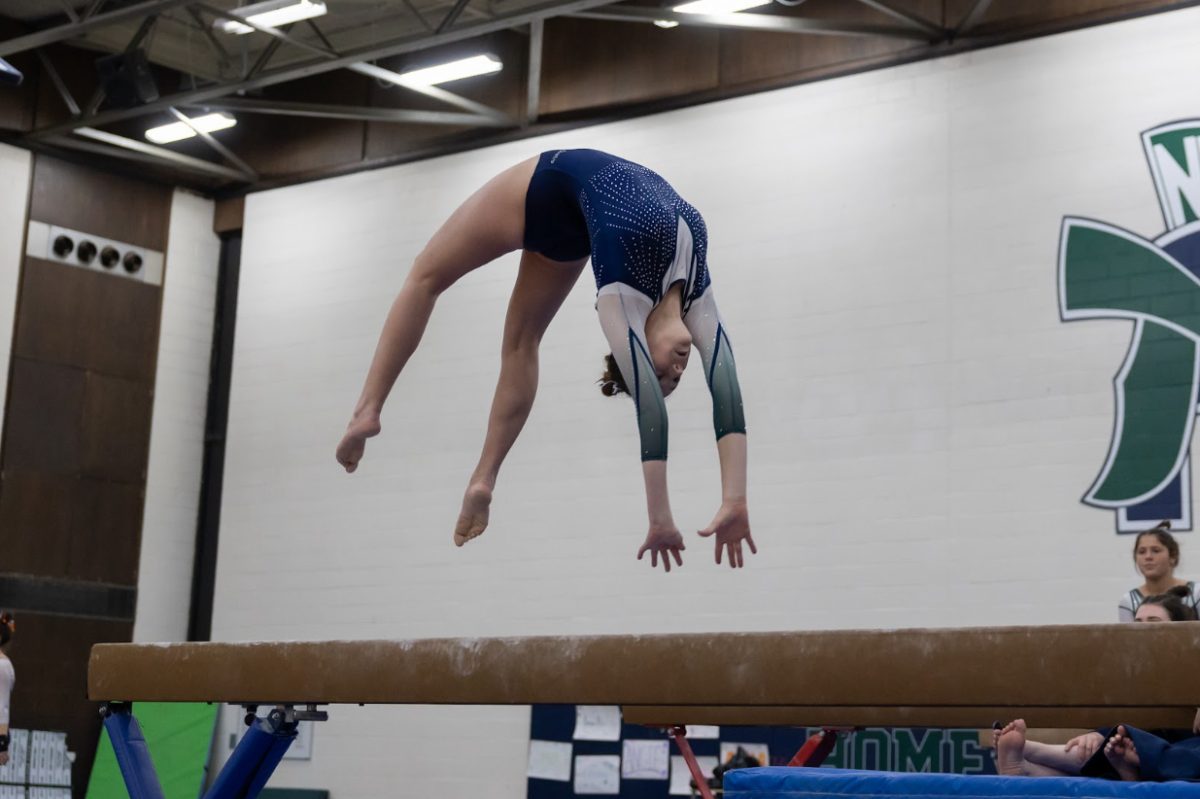Body shaming has no place in sports
Disqualifying swimmers due to a minor wardrobe malfunction is unfair and ridiculous. When initially hearing about this ruling, it was clear that this penalty was punishment for things simply beyond a swimmer’s control: the fit of a swimsuit on different body types and suits hiking up during a race.
During any type of athletic activity, fabric is going to ride up. It may be uncomfortable, but it is the way of the world.
Breckynn Willis, a high-school swimmer in Alaska, won her race but was disqualified after the fact because her suit was deemed too revealing because it showed too much of her backside.
NBC News reported that the referee that made the call said her suit “was so far up, I could see butt cheek touching butt cheek.’’
However, the swimmer was wearing her team-issued swimsuit and had no disqualifications when wearing it during other races and meets.
It seemed that rather than the cut of the suit being the problem, the referee took issue with the fit of the swimsuit on her curvier body type. The swimmer had not hiked up her suit to gain some sort of microscopic hydrodynamic advantage. This call was closer to body shaming than any legitimate rule enforcement.
Thankfully, the Alaska School Activities Association decided to overturn this decision, taking a positive step in recognizing the discrimination that people with curvier or larger body types may face. Discrimination or judgement based on body type extends well beyond the scope of swim meets, and women tend to be the targets of this prejudice.
We commend the governing body for high school sports in Alaska because they listened to their athletes, coaches, and the outcry from countless others.
Swimming specifically lends itself to unfortunate clothing mishaps; many races begin in a crouching position, and swimmers have to kick aggressively to propel themselves forward. There isn’t much fabric being worn to begin with. Wedgies are practically unavoidable.
Men can obviously be shamed for the way their bodies look, but rules regulating appropriate attire are often aimed at women.
High school dress codes throughout the country systematically punish teen girls that are bustier or have curves, especially considering the neckline of tops or the length of shorts and skirts.
In the workplace, larger women are often called unprofessional or distracting for wearing clothes that would not raise eyebrows if worn by a slimmer woman.
Even back at the swimming pool, it is safe to say that the Speedos boys wear for swimming and diving do not leave much to the imagination. In comparison, a minor swimsuit mishap for a female swimmer should not seem like a huge deal.
Penalizing swimmers for the way the fabric of their suits shift around during a race allows a large amount of subjectivity wherein only certain types of bodies are punished. Reversal of this decision in the Alaska case was undoubtedly the right thing to do.
Progress can only be made by admitting, learning from, and taking action to remedy mistakes.
Body shaming teenage girls allows for continued intolerance and judgement based on appearances later on in life. While a high school swim meet may seem unimportant, it demonstrates how deeply prejudices based on appearance run in our society. The reversal of the decision creates hope that women will continue to successfully fight wrong decisions, bad calls, and bias.
Women should not be punished for the way their bodies look. Athletic skill and hard work should determine your performance, not the size of your suit or the shape of your body.
Having a wedgie throughout the entirety of a race is uncomfortable enough – there does not need to be an additional penalty.









































